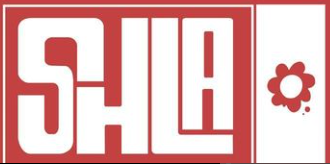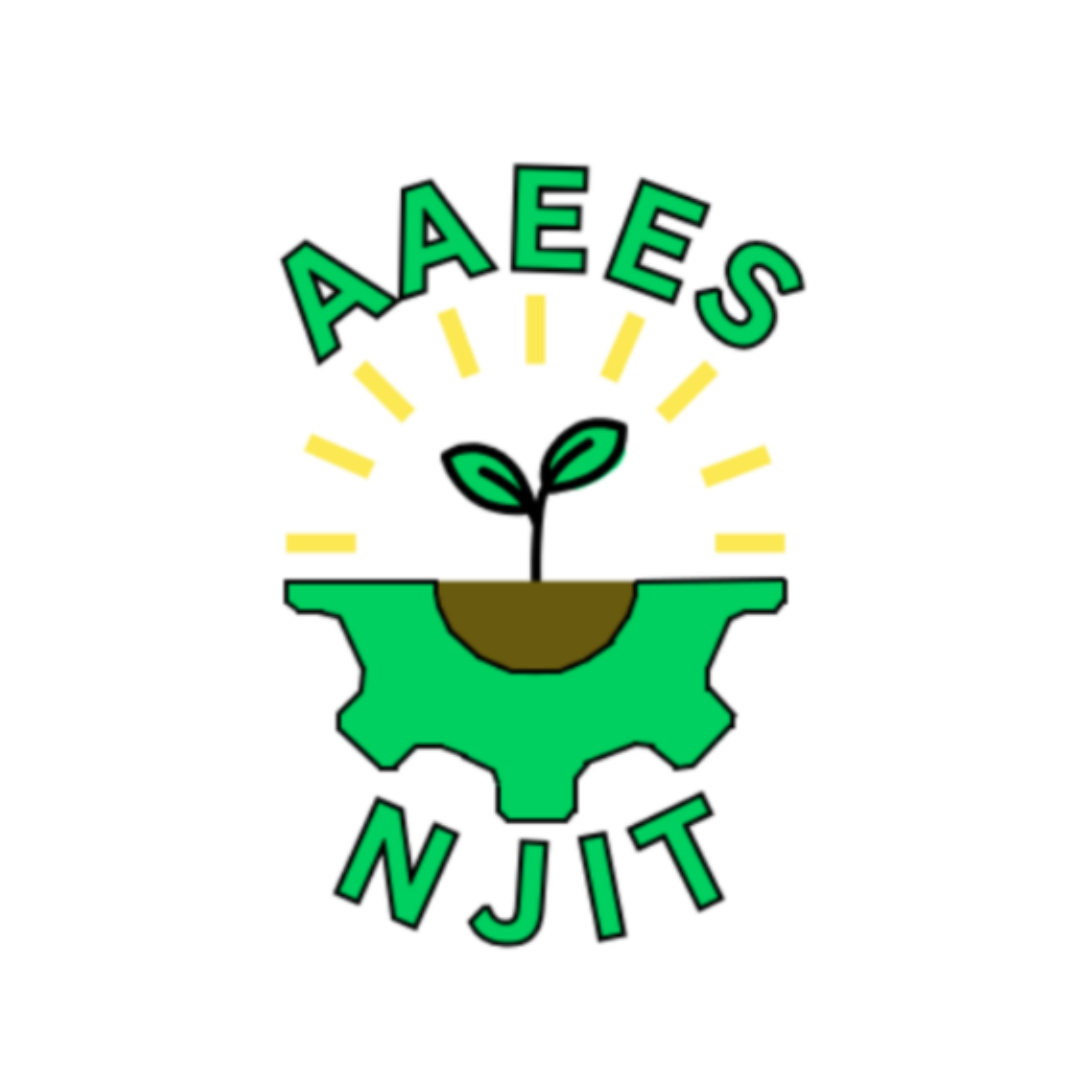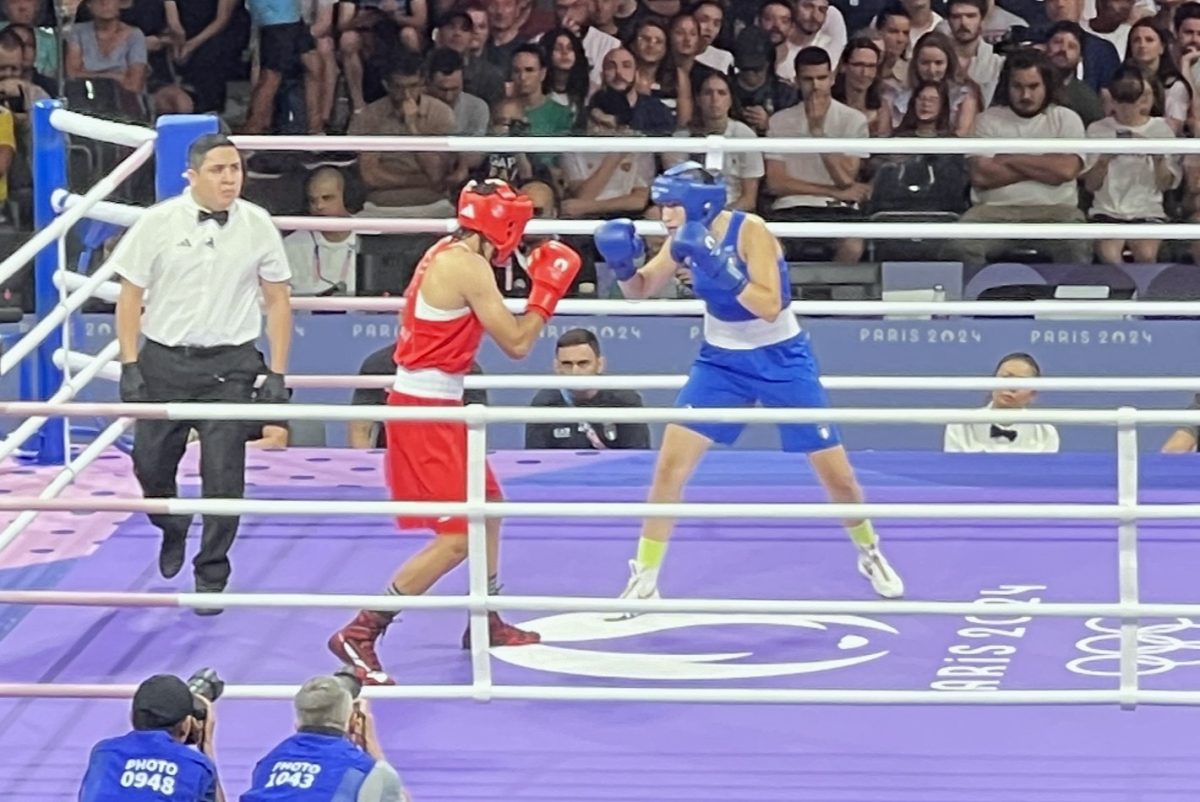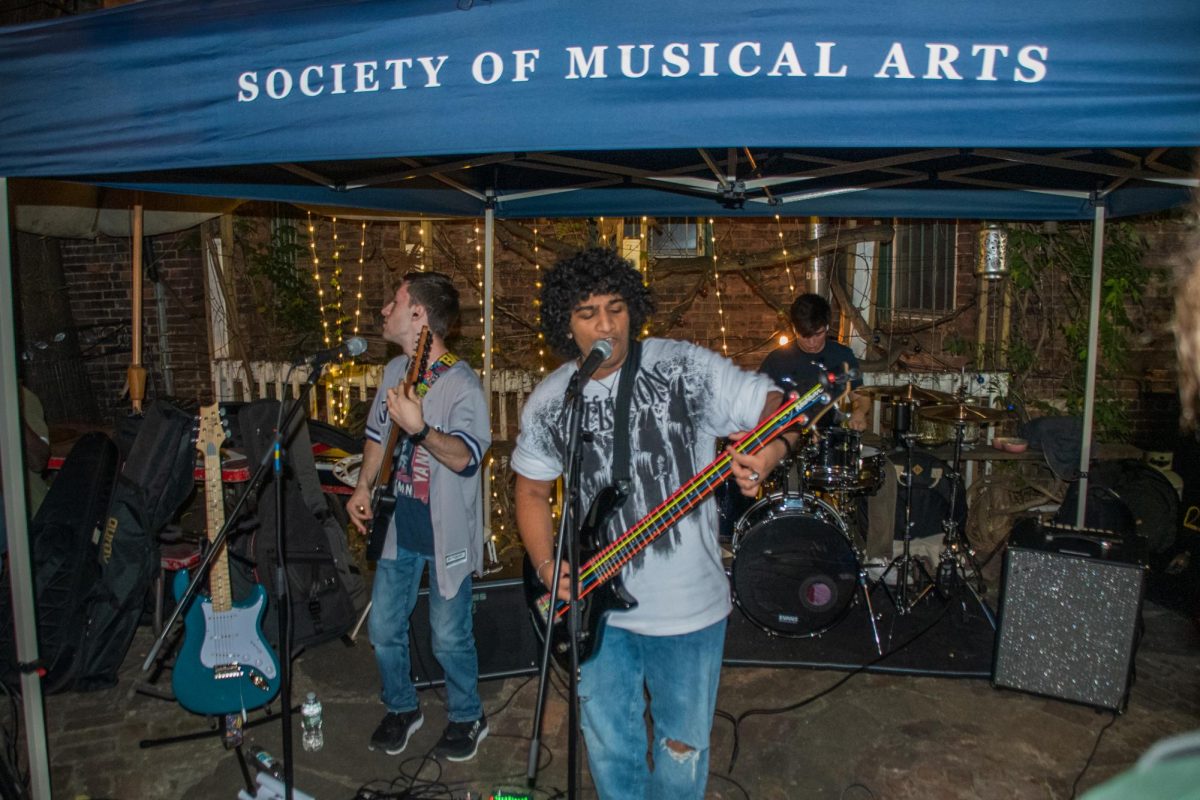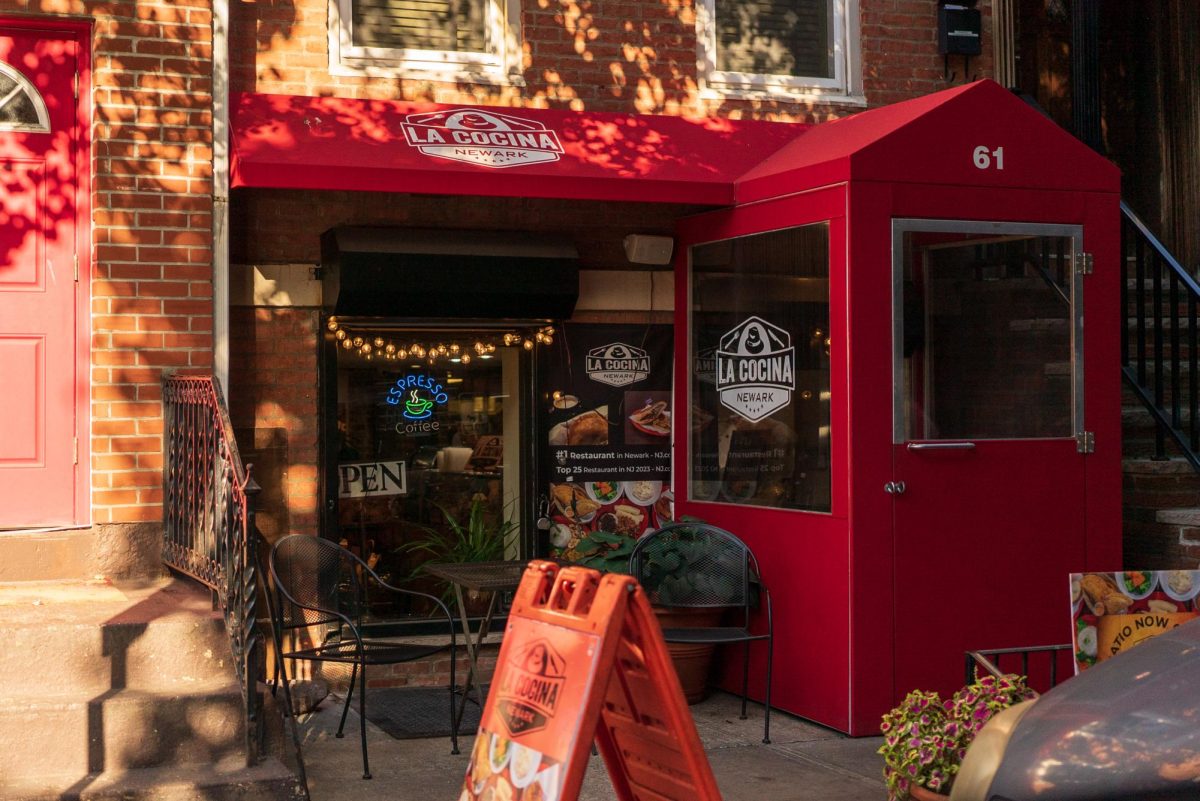On Sept. 30 the Urban League of Essex celebrated the completion of the Tech House. The new facility is located in the Fairmont Heights neighborhood of Newark adjacent to the Newark Collegiate Academy High School on Littleton Avenue. According to its website, the project intends to “bridge the digital divide in urban and underserved communities” by providing access to technical training and high-speed internet to the local community. In addition to high-speed broadband, the Tech House will provide 3D printers, robotics kits, programmable drones, video production equipment and virtual reality workstations.
This is not the first time that the Urban League of Essex County has worked in developing technical skills within the Newark community. The organization has had success in the past with Newark Kids Code, a program which worked closely with NJIT and other educational institutions to train Newark youths in programming skills. Programs like these can greatly benefit from the resources available at the Tech House.
For the Urban League of Newark, the Tech House and Newark Kids Code are parts of a much larger national scheme known as the “Lewis Latimer Plan.” This plan, devised by the National Urban League, aims to increase broadband access and adoption in underserved communities as well as to ensure that the economic opportunities from network rollouts are well apportioned.
This program synchronizes well with the Newark Fiber initiative launched by the city in 2019. The public-private partnership aims to leverage the fiber optic facilities located within the cities to provide high speed internet access to businesses as well as public institutions like schools. Thus, it came as no surprise that Newark Fiber was one of the sponsors of the Tech House initiative providing it with its broadband connection.
Given its potential to aid the local Newark community, many NJIT students may be wondering whether there are opportunities for them to get involved. Unfortunately, as of now there are no plans from the NJIT Office of Community & Public Service for any official partnership with the Tech House. However, students are able to volunteer with the Urban League of Essex County through its website. Additionally, NJIT continues to maintain its partnership with the Newark Kids Code program.
Overall, the developments at the Tech House appear to be quite promising and will hopefully be part of a larger citywide or national push to increase access to technology in areas that have been historically underserved. Training in the cutting edge of technology should not merely be reserved for those with the ability to pay for it, and it is very beneficial that projects like these open in Newark.









